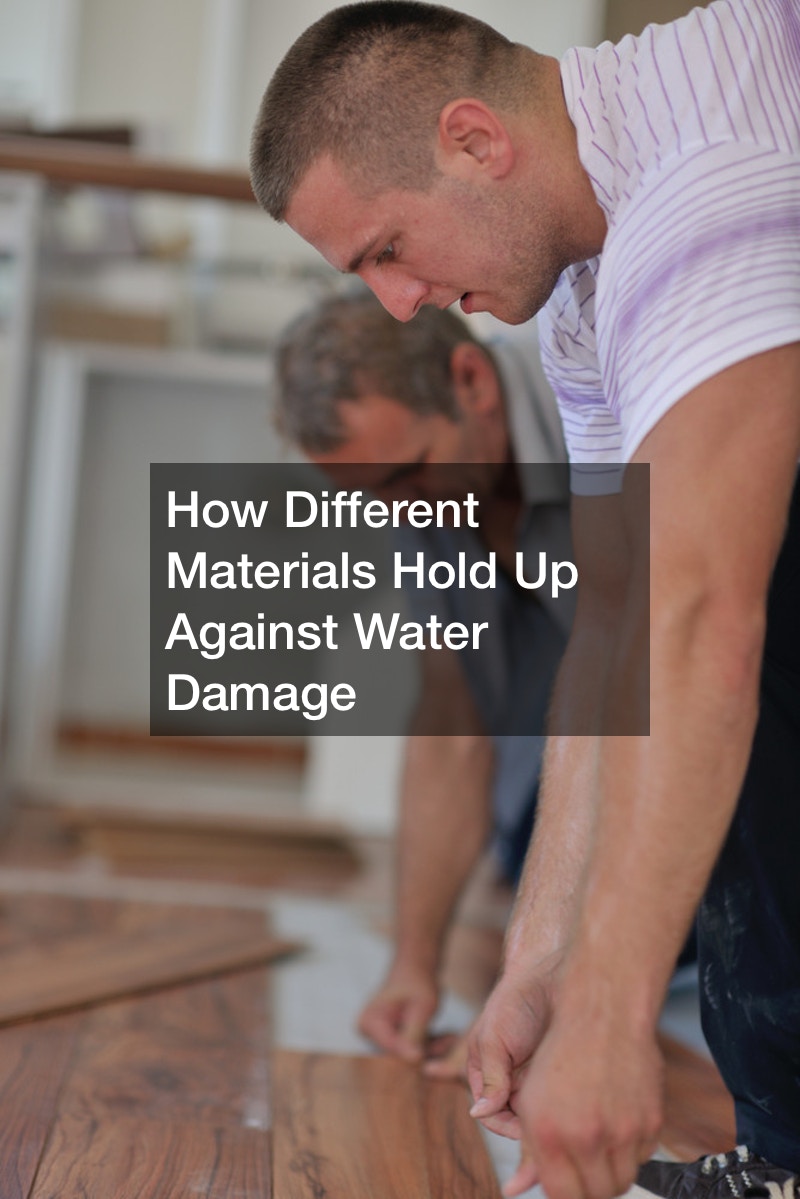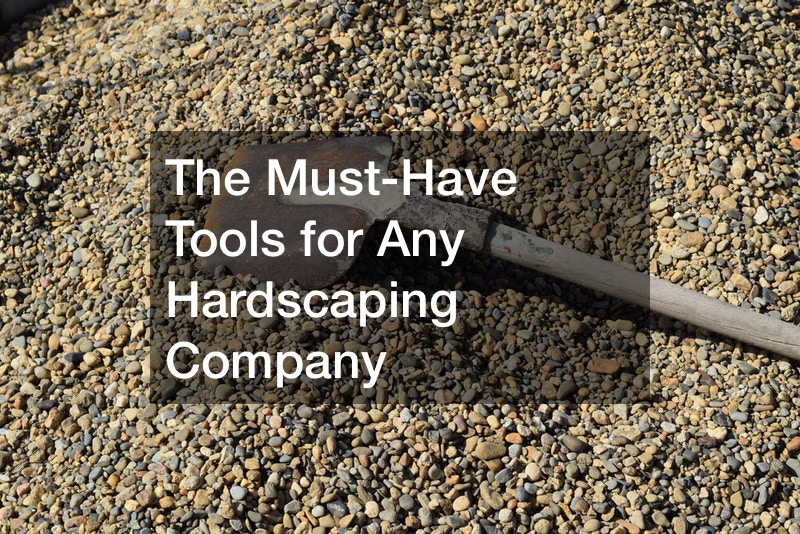
Vinyl, laminate, and engineered wood floors are becoming very popular due to their lower price and ease of maintenance. But how well do these floors hold up to flooding and water damage? Are they good ideas for bathrooms, laundry rooms, and kitchens? This article will take a look at how each reacts to water damage so you can pick the best options for your home.
For the experiment, each material was submerged in water for two days. This was meant to capture the effects of a hypothetical weekend getaway where a pipe in your bathroom sink bursts while you’re gone and floods your bathroom.

The engineered hardwood doesn’t look too bad on the surface, but is deformed in the core. The wood, even engineered wood, will never return to form. It won’t look bad, but it does get lumpy. This is not a good choice for your bathroom or laundry room, but is probably ok for your kitchen.
The laminate floor looks bad on the surface and the core. The seam lines are totally distorted and the entire floor would need to be replaced. It’s best to use laminate in dry areas.
The vinyl holds up the best. The seams are completely intact and the water didn’t get absorbed into the core. If you need a cost-effective option for the rooms in your home with the most water pipes, sinks, showers, and baths, then vinyl is a solid choice.
The experiment clearly shows that vinyl is the most water-resistant flooring material, For more information, check out the video in the link above.



